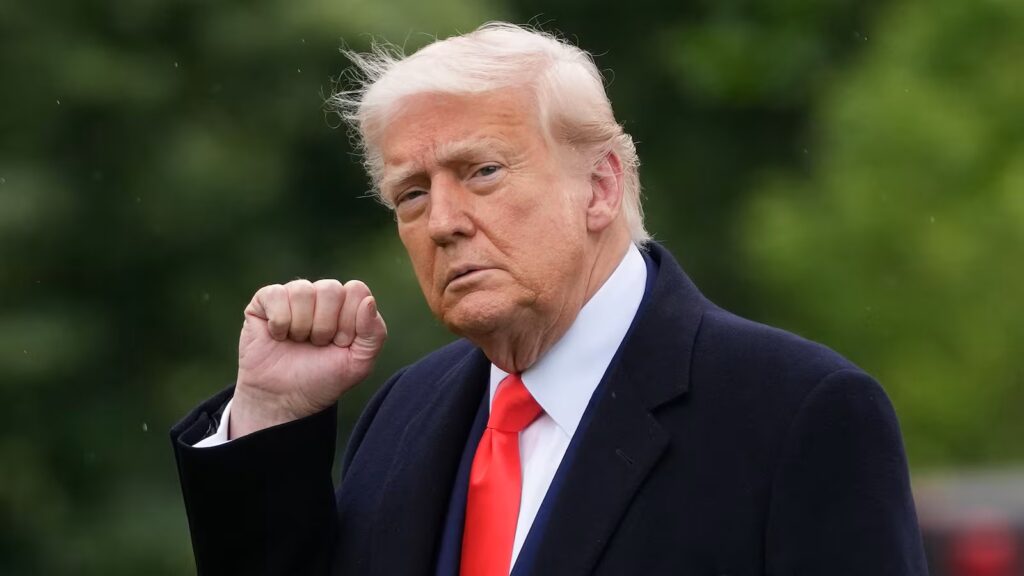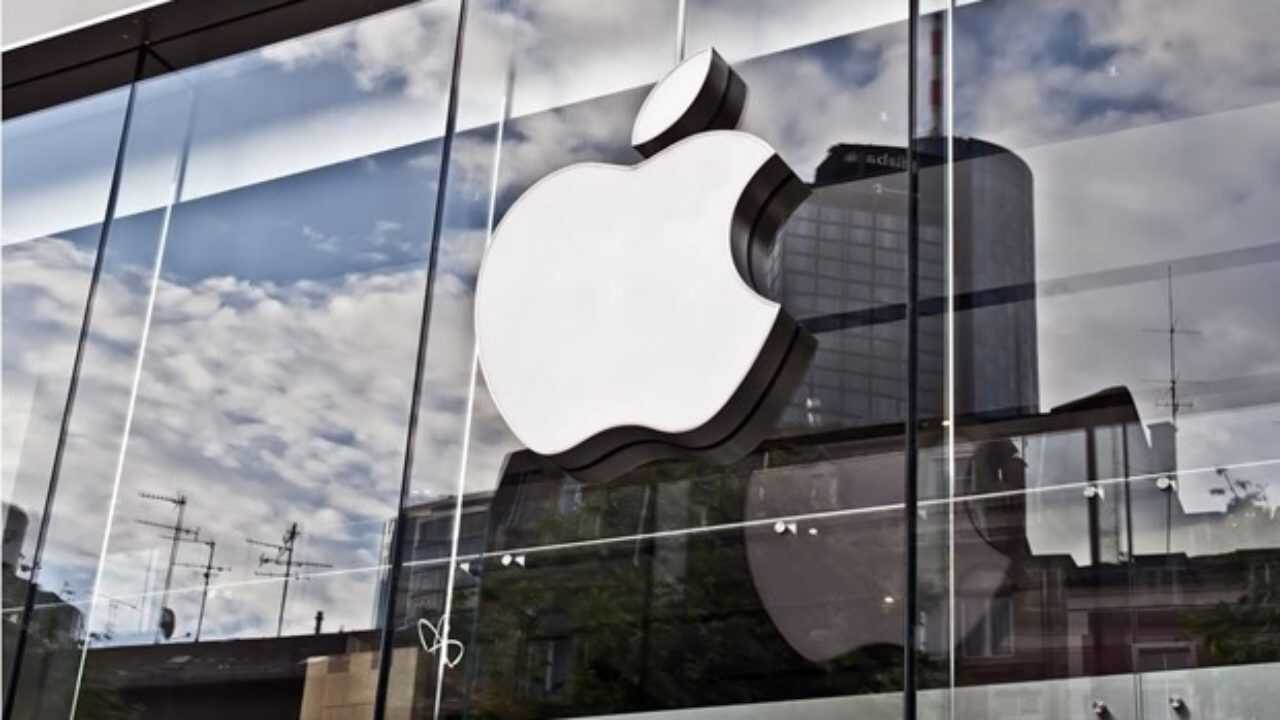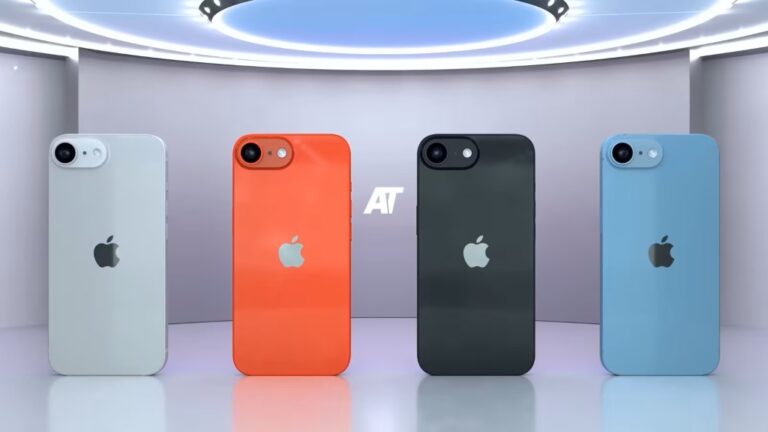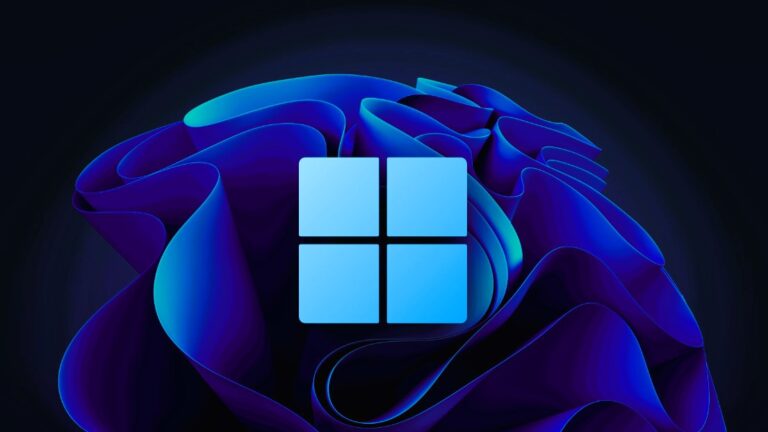The Big Beautiful Bill: What is Trump’s New Bill, Its Effects, and Risks
Trump’s sweeping Big Beautiful Bill just passed the House — here’s what’s in it, how it affects your taxes, healthcare, and wallet, and what risks it brings heading into 2026.

What Is Trump’s Big Beautiful Bill?
If you’ve been following the headlines, you’ve probably heard President Trump boasting about his so-called “Big Beautiful Bill.” But what exactly is it?
Officially titled the One Big Beautiful Bill, this legislation is a massive package of tax cuts, healthcare reforms, border security funding, and budget changes. It narrowly passed the House by just one vote (215-214) and is now heading to the Senate. Trump himself has called it “the most significant piece of legislation in American history” — a bold claim, no doubt, but what’s really inside?
Tax Cuts Galore, but Who Really Benefits?
At the heart of the Big Beautiful Bill are Trump’s extended tax cuts. Remember the 2017 Tax Cuts and Jobs Act? That law lowered taxes for most Americans but largely favored the wealthy. It was set to expire at the end of 2025, but this new bill locks in those tax cuts permanently. That means more savings for top earners — and a $2 trillion price tag over the next decade. There’s also an expanded child tax credit, a new deduction for seniors over 65, and a quirky new idea: a “Trump savings account” that seeds $1,000 for children under age 8.
Major Healthcare and Food Aid Changes
One of the most controversial parts of the bill involves big changes to Medicaid and SNAP (food stamps). The bill adds new work requirements for Medicaid recipients, meaning many low-income adults could lose access to healthcare. In fact, the Congressional Budget Office estimates 7.6 million people could lose coverage over the next ten years.
SNAP would also see tougher rules, shifting more costs to the states and saving the federal government up to $300 billion. Critics argue these cuts disproportionately hurt vulnerable Americans, while supporters say they reduce fraud and encourage work.
Border Security and Military Spending
Trump’s bill also pumps over $140 billion into border security, including $50 billion for his long-promised border wall, $45 billion for detention centers, and $14 billion for deportations. On top of that, the bill includes $150 billion for defense, part of which will go toward a new “Golden Dome” missile defense system that Trump has been pushing.
These measures reflect Trump’s ongoing focus on immigration control and military strength, which continue to be centerpieces of his political platform.
The Risks: Debt, Deficit, and Midterm Fallout
While Trump is celebrating this bill as a win, economists and political strategists see major risks. For one, the bill raises the national debt ceiling by $4 trillion and is expected to add $3 trillion to the deficit over the next decade. That’s making bond markets nervous. On top of that, critics — including Democrats and some Republicans — warn that the healthcare cuts and tax benefits for the rich could backfire politically, especially with the 2026 midterms on the horizon.
Will voters reward Republicans for delivering on their promises, or punish them for rising costs, healthcare losses, and economic uncertainty?
Why This Bill Matters More Than You Think
The Big Beautiful Bill isn’t just about numbers on a page — it’s about reshaping America’s priorities. From healthcare access to tax fairness, from border security to budget policy, this legislation touches almost every American household in some way.
Supporters see it as Trump keeping his promises and pushing a bold conservative agenda. Opponents see it as a giveaway to the wealthy that will hurt the middle class and poor. Either way, it’s a defining piece of Trump’s second term and will shape the political landscape leading into the next big election fight.
FAQs
Q: Who benefits most from the Big Beautiful Bill?
A: High-income earners benefit most from the permanent tax cuts, while seniors, families, and tipped workers see some smaller tax breaks. However, cuts to Medicaid and SNAP could hurt low-income Americans.
Q: How will this affect healthcare?
A: The bill’s Medicaid work requirements and tighter eligibility checks are expected to remove healthcare access for over 7 million people over the next decade.
Q: Will the bill help or hurt Republicans in 2026?
A: That’s unclear. Some believe it will energize the Republican base by delivering on promises; others think backlash over healthcare cuts and rising deficits could harm the GOP at the polls.





